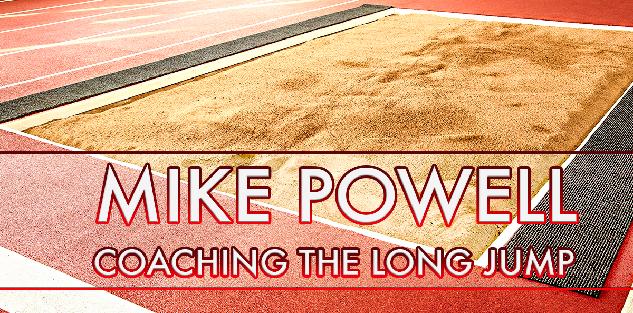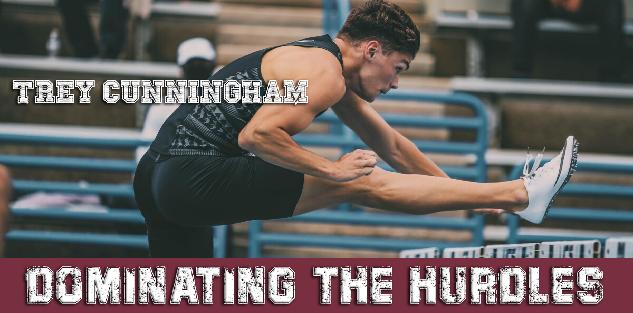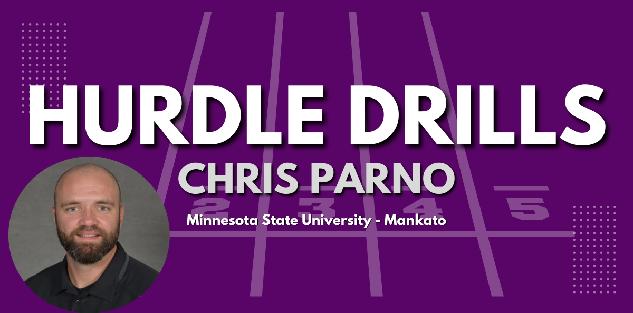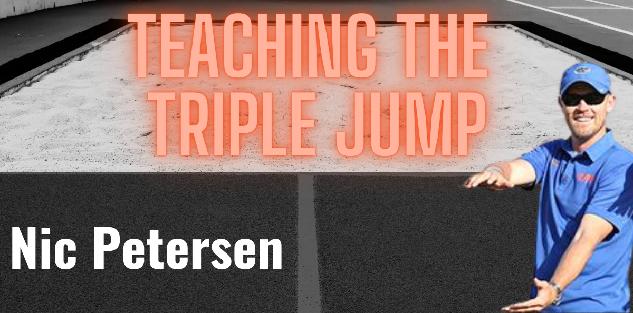Featured courses
- The Ultimate Guide to Coaching Track and Field by Jackson Chlebowy
- How TCU Coach Khadevis Robinson Builds Mental Toughness for Big 12 Track by William Markey
- Two Points of Focus When Coaching and Training Hurdles by Grant Young
- Four Keys to Maximize Winning Potential in a 400m Race by Grant Young
- Three Lessons Every Distance Running Coach Should Know by Grant Young
- Olympic Medalist Jasmine Moore’s Triple Jump Approach Technique Keys by Grant Young
- Build Strong Triple Jump Foundations with 3 Key Drills by William Markey
- Two Cues to Help With Track and Field Relay Handoffs by Grant Young
- Four Shot Put Drills to Help Develop Your Athletes by Grant Young
- Three Training Tips For Coaching 400m Runners by Grant Young
- Four Tips for Teaching the Javelin Throw by Grant Young
- 3 Pole Vault Check Points From Legendary Kansas Coach Tom Hays by Grant Young
- Two Valuable Hammer Throw Training Tips by Grant Young
- 3 Must-Try Offseason Shot Put Drills by William Markey
- Four Essential Tips For Coaching Track Relays and Sprints by Grant Young
- Florida Gators Coach Nic Petersen’s Two Keys for Teaching the Triple Jump by Grant Young
- Three Effective Drills for Improving the Long Jump by Grant Young
- Three Drills for Sprinters That Track Coaches Swear By by Grant Young
- Four Pole Vault Drills All Track and Field Coaches Should Know by Grant Young
- Explosive Track and Field Training to Level Up This Summer by Tyler Rathke
- Throwing Secrets: The Entry by Tyler Rathke
- How to Find an Endurance Athlete’s Proper Training Pace by Grant Young
- The Technique Behind Mykolas Alekna’s Discus World Record by Grant Young
- How to Build a Sprinter's Training Regimen by Grant Young
- How to Teach the Glide Shot Put by Grant Young
- Three Hurdle Drills All Track Coaches Should Know by Grant Young
- How Distance Running Coaches Can Get the Most Out of Their Athletes by Grant Young
- The Technique Behind Mondo Duplantis' Pole Vault World Record by Grant Young
- How to Coach Weightlifting For Increased Speed and Acceleration by Grant Young
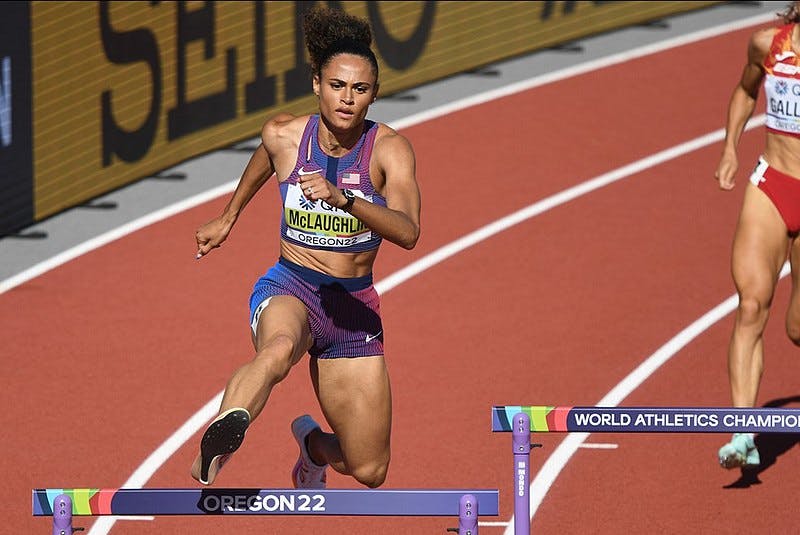
Three Hurdle Drills All Track Coaches Should Know
- By Grant Young
The Paris 2024 Olympics have made track and field top of mind for not just American citizens watching the games on TV, but especially young athletes who find themselves intrigued by the record-breaking feats they’re witnessing.
One of Team USA’s most famous athletes at the Olympics is Sydney McLaughlin-Levrone. She is a 25-year-old American hurdler and sprinter who competed in the 400-meter hurdles at the 2024 Olympics. She is the 2020 Tokyo Olympic champion with the Games record and the 2022 World champion. She currently holds a world record time of 50.65 seconds, which was set at the U.S. Olympic Trials on June 30, 2024. But many are expecting her to set a new world record when she competes in Paris.
While McLaughlin-Levrone is now the world’s fastest female hurdler, she got to this point by dedicating herself to her craft for years, even decades. She surely honed her hurdling skills by using many of the same drills that Chris Parno teaches his college athletes and Olympic hopefuls.
Coach Parno is the Associate Head Track and Field Coach at Minnesota State University. Parno leads the men's and women's sprint/hurdle groups and serves as the recruiting coordinator. While being led by Parno, the maverick sprinters and hurdlers have experienced unprecedented success, re-wrote the record books, and established MSU as a sprints and hurdles powerhouse among Division II. This includes Coach Parno coaching 11 Individual/relay NCAA National Champions and 8 Individual/relay NCAA National Runner-ups in his 13 seasons at MSU.
Coach Parno’s ‘Hurdle Drills’ course details all of the main drills he has used to turn Minnesota State into a national powerhouse. They will help track coaches cover all the bases when it comes to getting their athletes prepared for their next hurdle event—and could even help turn a select few of these athletes into Team USA’s next Olympics champion.
Cut Step Drill
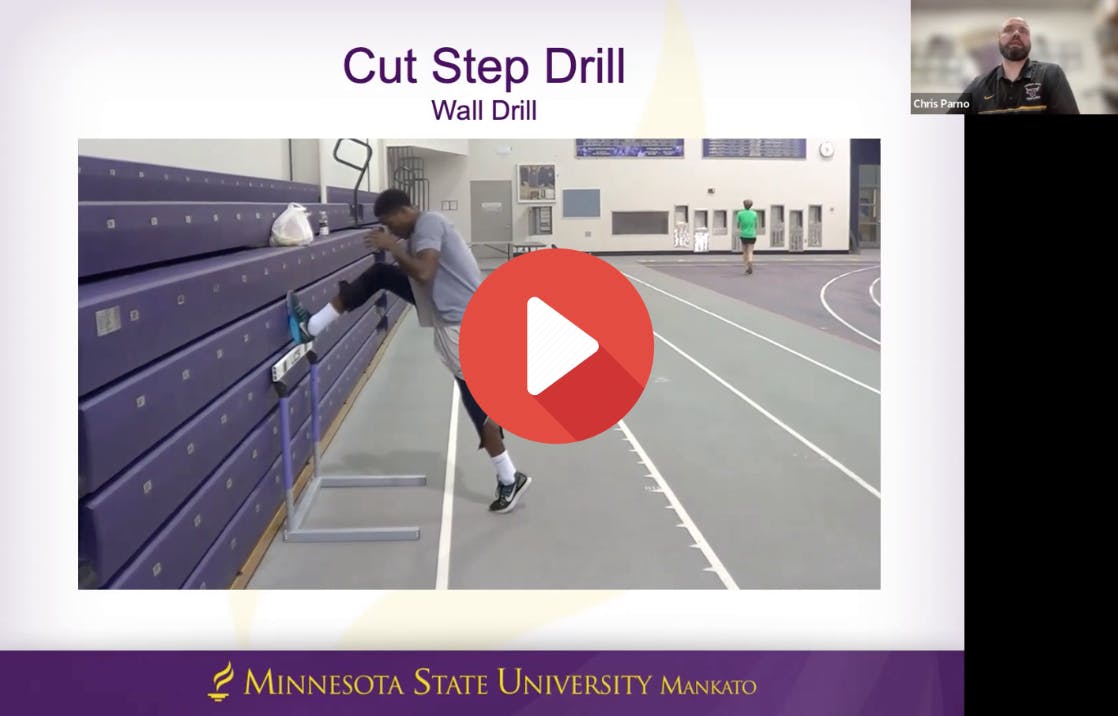
One of Coach Parno’s favorite drills for hurdlers is what he calls the Cut Step Drill.
The cut step is the last, shortened step a runner makes before they make their jump. Therefore, working to perfect the cut step can be the difference between winning one’s race and coming up a few milliseconds short.
The cut step drill will start by placing a hurdle against a wall or some other flat surface. The runner will position themselves a few steps away from the wall and then begin by taking a couple of steps toward the hurdle. Once they reach their cut step, the runner will get their drive foot down beneath their hips before projecting into the hurdle.
This drill doesn’t require the runner to make any actual hurdles. Rather, their simulating the jump will end with their lead foot being placed against the wall just above the hurdle, and not having ever left the ground.
“Cutting” that last step before the hurdle a bit short allows the runner to project into the hurdle. The runner wants to start feeling the hip projection as they lead into their hurdle, which will help propel them forward when making their jump without losing momentum.
One Step Leads and Trails
One dynamic drill that Coach Parno recommends for any hurdle athlete is what he calls the One Step Leads and Trails drill.
This drill is going to start with three hurdles being placed about 3-5 feet in between one another (although that can change depending on what level you’re coaching at/whatever your need is).
The hurdler will then start with the runner approaching the side of the first hurdle (meaning they aren’t jumping over the entire hurdle) and getting their lead leg only over the hurdle.
Once they land, they’ll have to return right back into their hurdling position after a quick contact with the ground and get into their golden position take-off before sending their lead leg over the second hurdle. Then they’ll do the same thing with the third and final hurdle.
The goal for this drill is to get the rhythm down of these golden position take-offs and get repeated attacks into each hurdle in order to build repetitions. Therefore, the hurdle doesn’t need to be at its full height.
The second half of this drill is the trails portion, where the runner will be doing the same thing as before but with their trail foot going over the hurdle, rather than their lead foot.
Another important part of this drill is that the coach makes sure the runner’s lead arm is coming down and around as they make their jump, as per the proper technique.
6 Step Starts
A runner’s ability to get off the starting blocks can either spell success or despair for a runner during a race. And that’s why Coach Parno’s ‘6 Step Starts’ drill is a must for not just hurdle coaches, but coaches for all other track events as well.
The drill starts with the coach putting a piece of tape on the track where the hurdler’s sixth step should land. Then the hurdle will head off the blocks and by their sixth step, they should have already launched into the first hurdle.
This drill is particularly effective for getting runners to push off the blocks because if they haven’t reached that piece of tape by their sixth step it’s clear proof that they’re not excelling at the start of the race as efficiently as they could be.
Without putting the tape marks down, it takes more guesswork from a coach to figure out how their runners are starting off the blocks.

